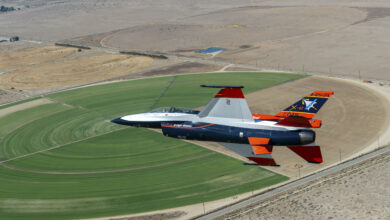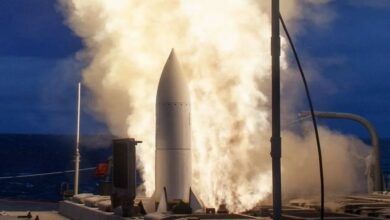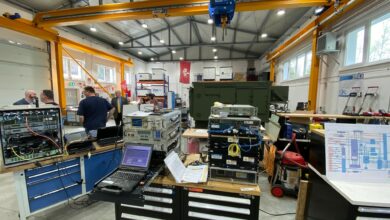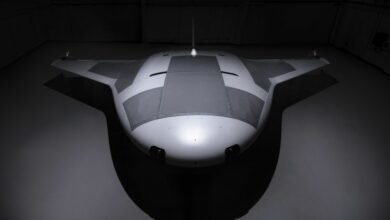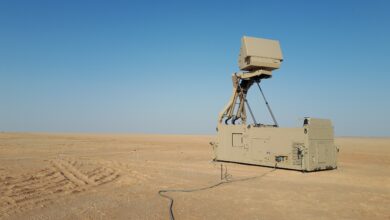US Air Force Issues Final Call for Airborne Networking Contract
The US Air Force has issued a final call for proposals from defense and technology firms for a four-year contract to develop a highly-focused communication system for tactical networking of high-performance aircraft.
The Air Force Research Laboratory re-issued an agency announcement for the $50-million Next-Generation Airborne Directional Networking project this week. The technology will reportedly enable the service’s airborne transmitters to focus the bulk of its communications on one intended receiver.
Directional communications for airborne networking reduces stray energy radiated in directions other than the primary receiver, reducing the risk of enemy interception or eavesdropping.
High-performance aircraft such as jet fighters reportedly need more advanced radio-frequency electronics because they move much faster than land vehicles. The vehicle-based communication system could also allow combat jets to reduce their power consumption and equipment constraints.
Other Radio-Frequency Technologies
Earlier this year, the US Air Force awarded a contract to BAE Systems and Sierra Nevada Corp. to develop open architecture technology that could be used for signals intelligence collection and analysis.
Both companies will work on a prototype capable of detecting, identifying, and tracking radio frequency emissions. The technology could also provide full-spectrum awareness and actionable intelligence to the service.
In September, L3Harris Technologies received a $947-million contract to provide support services for the ALQ-172 countermeasures program. The ALQ-172 radio frequency subsystem is designed to defend B-52 and C-130 aircraft from radar-directed threats.


